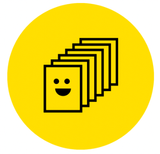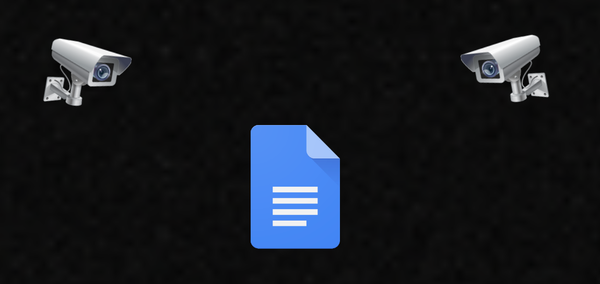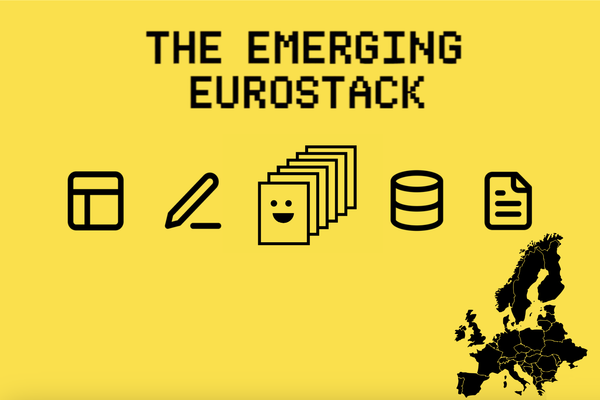Multisigs for Daily Collaboration
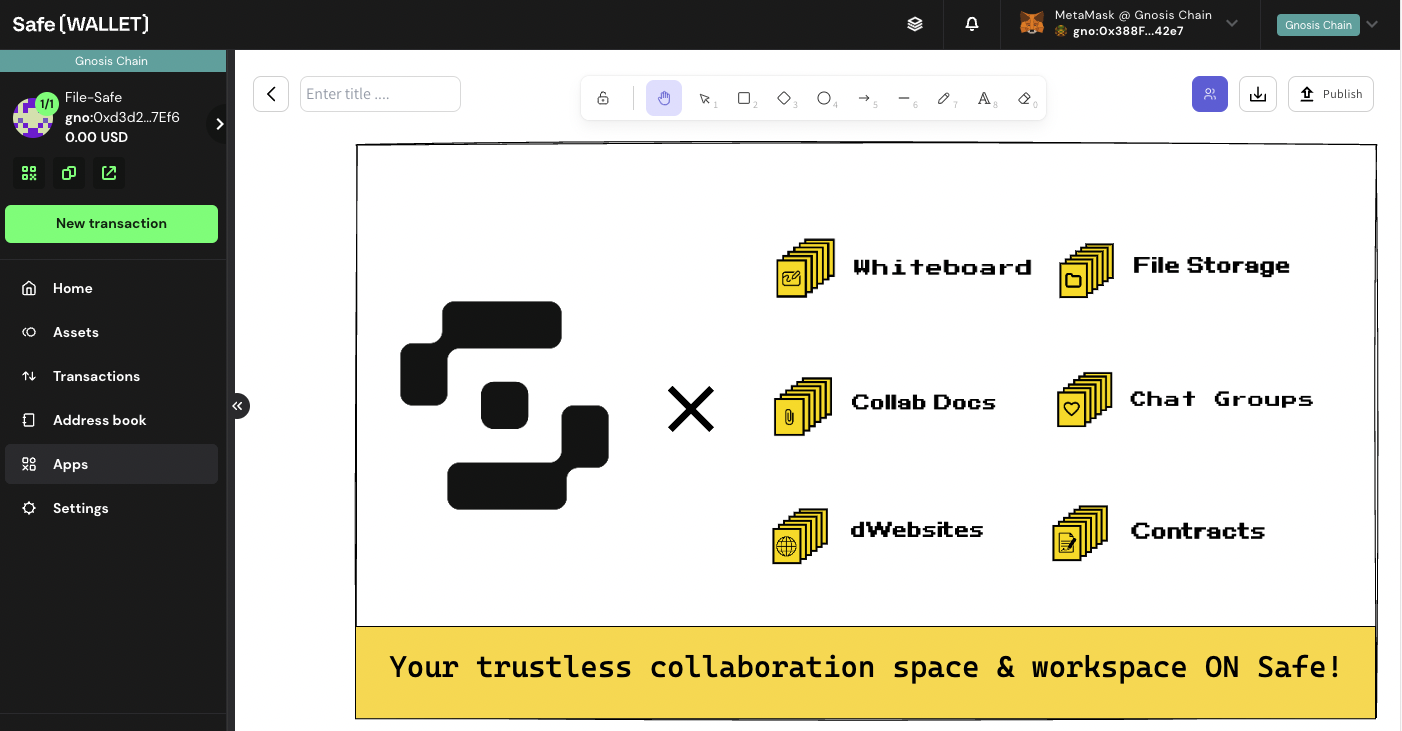
While multisigs are usually used to secure and share access to the assets of a group and community, the technology has tremendous potential that goes beyond the financial realm.
The integration of Safe multisigs into the Fileverse stack marks a significant step in creating truly collaborative digital workspaces and digital gardens. Access control to Fileverse via multisigs allows any team or community to co-own and democratically manage their digital content and group presence online, with security and autonomy guaranteed by smart contracts.
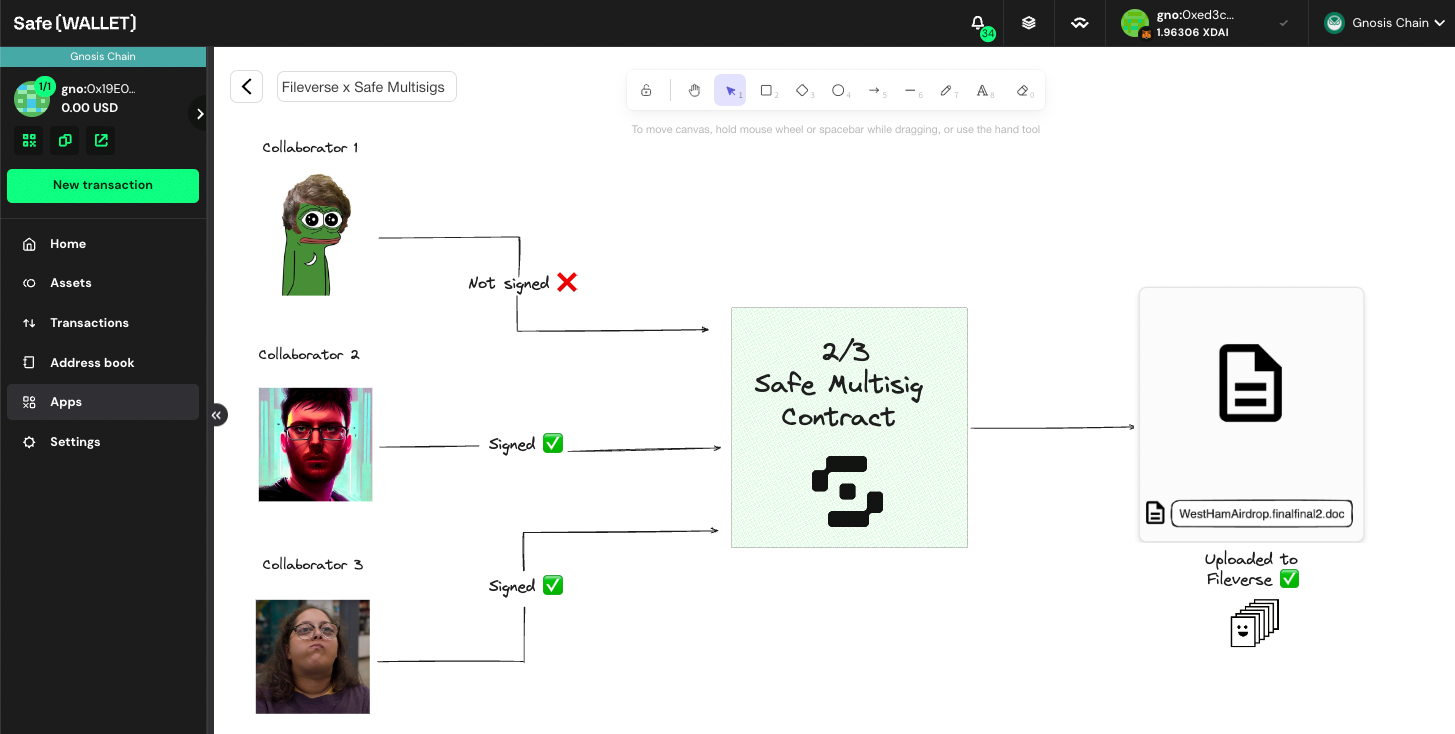
You can think of Multisigs as secure, community-controlled accounts for community goods & content. Imagine a group collaboratively managing assets and information like onchain community notes, shared albums, public knowledge-bases, much like a team jointly handling a bank account.
This approach safeguards against the risks associated with single-person control, ensuring that all actions, from updating marketing materials to signing contracts, require cryptographic collective approval coming from wallet addresses. It's a system that emphasizes shared responsibility and is secure by design rather than promise.
In today’s centralised collaboration world, your files, digital memory, second brain, and online presence are all at the mercy of one or two mega servers, the companies that own them, the various employees with access to them, and a group of elusive data brokers and advertisers that buy and mine your data. Multisigs accounts paired with p2p file storage networks and a public blockchain allows us to move to a more trustless experience online. A better, group-oriented way of managing personal and communal accounts, data, content, brands, websites and even twitter accounts…
Fileverse is currently exploring onchain and cryptographic approaches (ie. Hats Protocol + User Controlled Authorization Networks) to enable granular permissions and role assignment in decentralized groups and teams. Opening the door, for example, to a team’s graphic designer to be able to add content or marketing materials, but not access sensitive strategy documents or contracts. Admins would also be able to grant temporary access to some content to visiting or new members. This level of detail in role-based access controls empowers groups and opens a completely new design space for collaboration.
Impose your preferred terms of collaboration, with cryptographic guarantees and social consensus.
Onchain individuals and groups deserve onchain collaboration tools.
For more info on our trustless collaboration dApp follow us on Twitter or visit our website!

